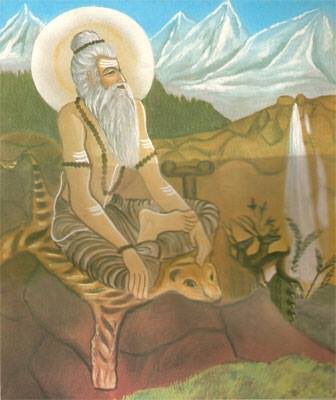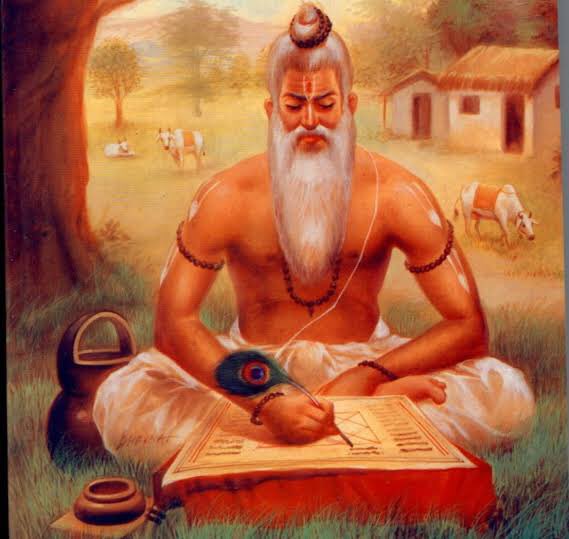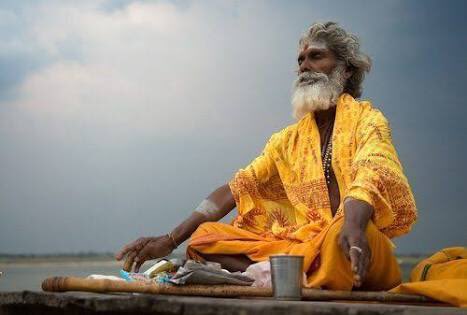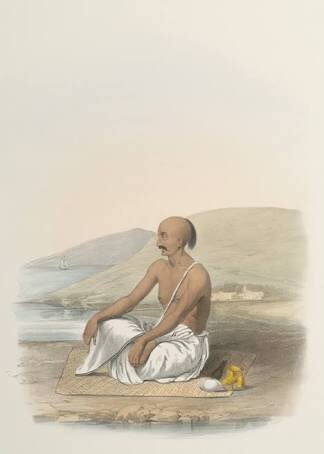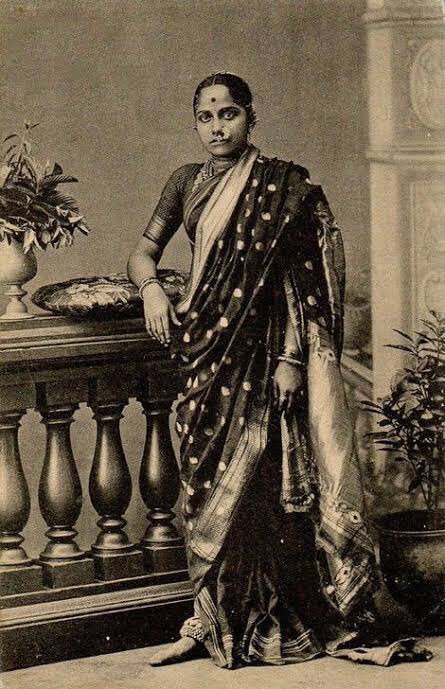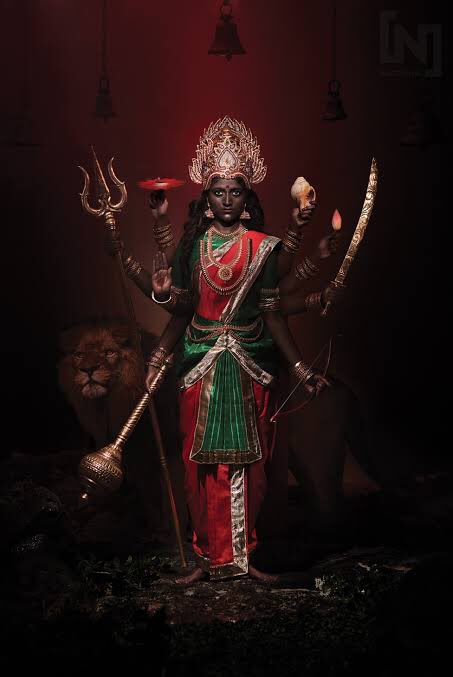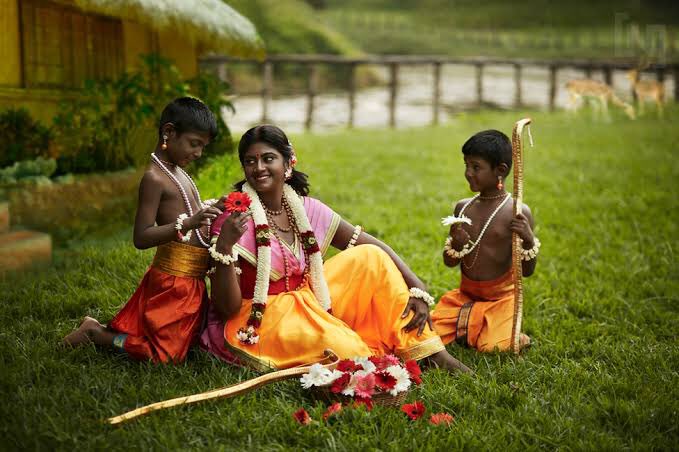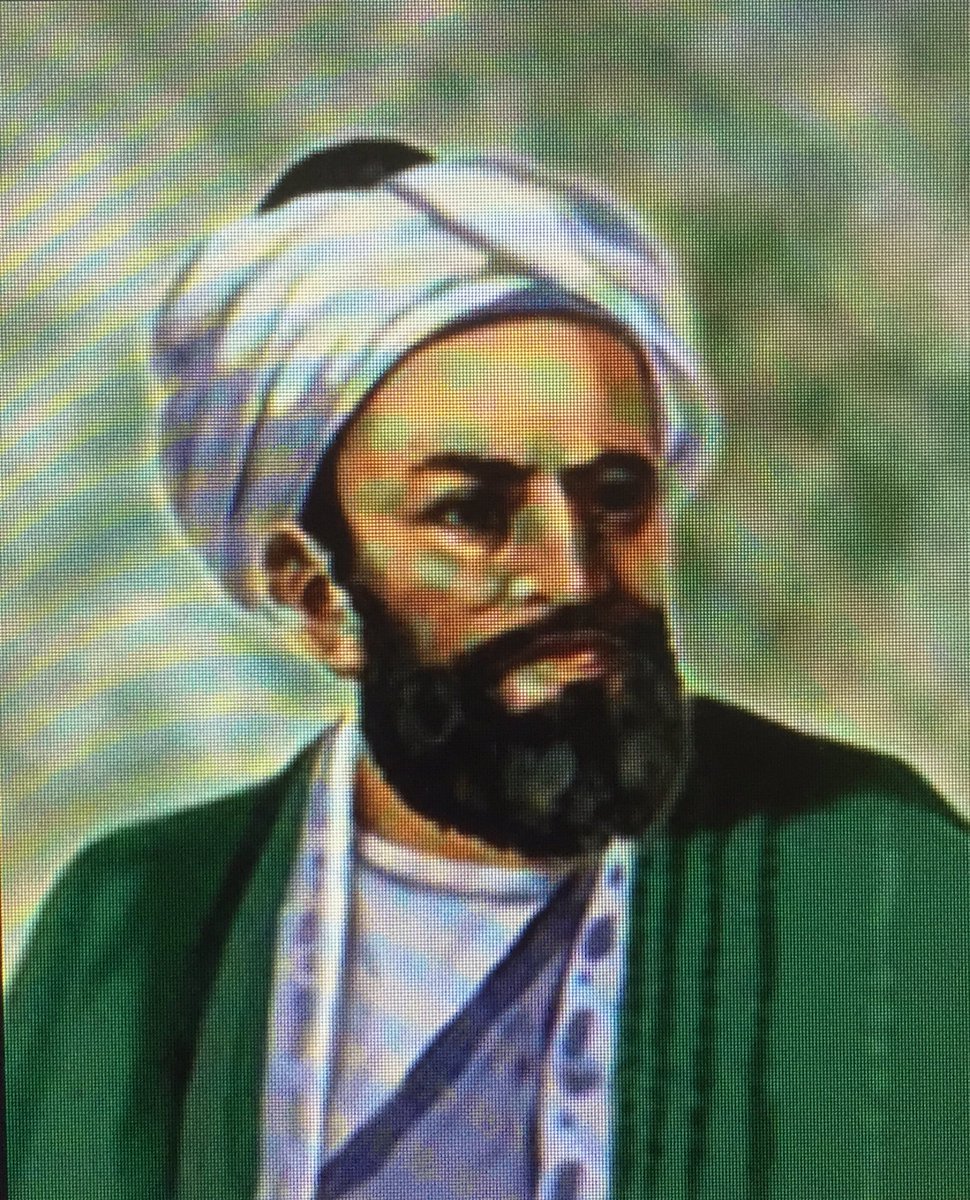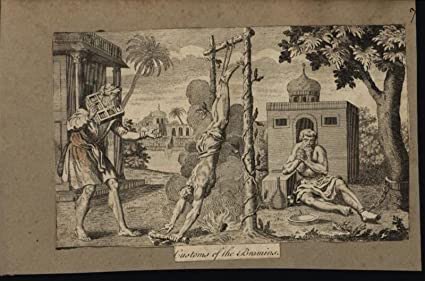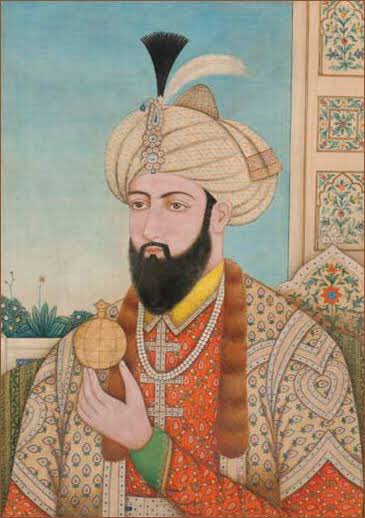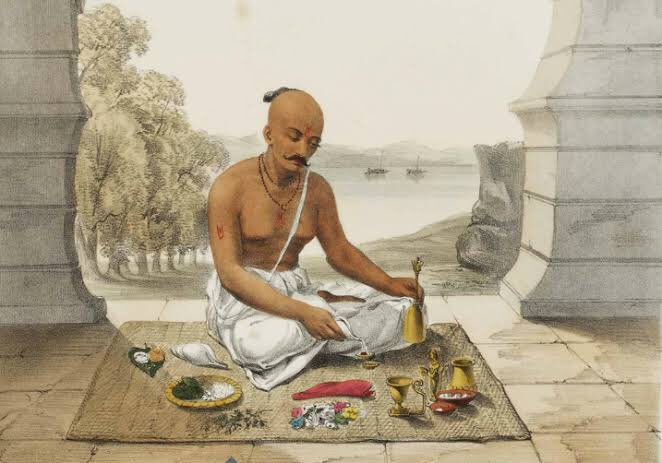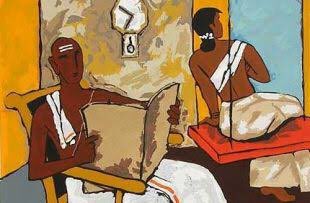
#Thread (1/2) on what different foreign travelers, monks, missionaries etc recorded about Kashmir, the paradise on Earth since ancient times.
#History #KashyapkaKashmir #India #Bharat #Kashmir #Kaseer #Kashyap

#History #KashyapkaKashmir #India #Bharat #Kashmir #Kaseer #Kashyap


1a)Hieun Tsiang (Yuan Chwang), (602-664 CE), the Chinese traveller, says the following about the natural produces from Kashmir :- 

“....The flowers and plants, the fruits and trees are of different kinds, and have distinct names. It would be difficult to enumerate all the kinds of fruit… 

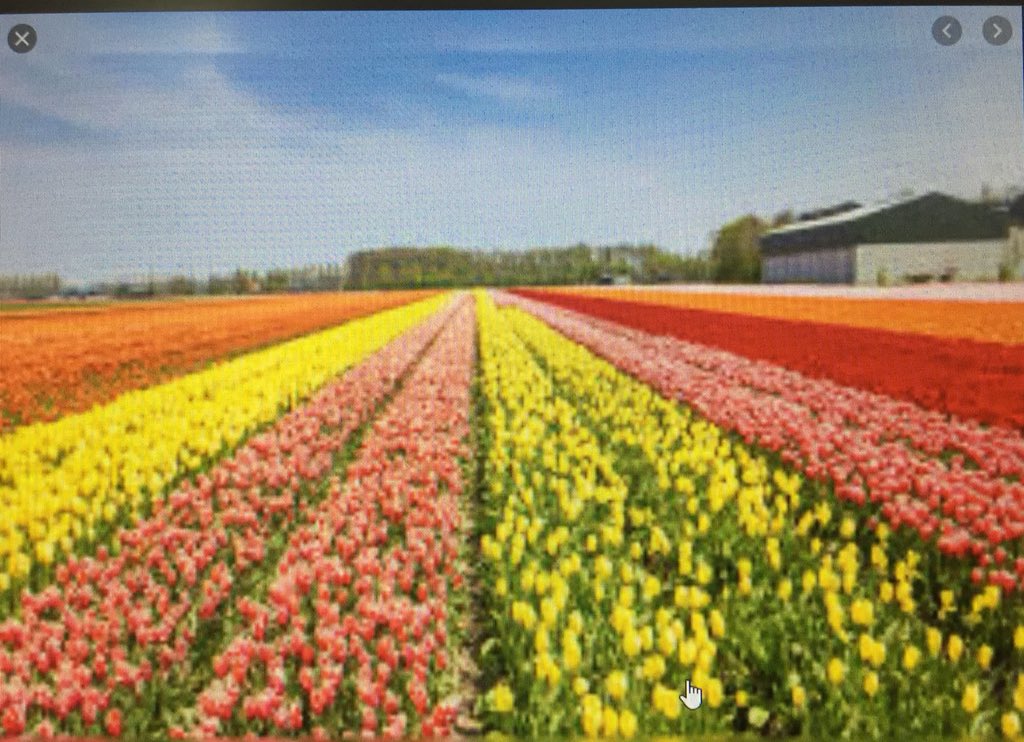

The pear (Li), the wild plum (Nai), the peach (T’au), the apricot (Hang or Mui), the grape (Po-tau), &c., these all have been brought from the country of Kashmir, and are found growing on every side.” 







1b) Hieun Tsiang (referred as Master), after reaching Kashmir, stays in a monastery where he learns from a scholarly Buddhist teacher, Samghakirti, for 2 years, Sastras and it’s commentaries besides visiting various holy places of significance to both Hindus and Buddhists. 

This is what one of his disciples has recorded about his stay of learning in Kashmir :-
“The Master learned from him whole-heartedly both day and night without feeling tired, and requested him to expound the various Sastras...

“The Master learned from him whole-heartedly both day and night without feeling tired, and requested him to expound the various Sastras...


The teacher, being nearly seventy years old, was very feeble, but he was glad to have met an intelligent pupil and so, with great effort, he exerted himself to teach him...
.. In the mornings he expounded the Abhidharma-kosa Sastra and in the afternoons he explained the Abhidharma-nyayanusara Sastra, while after the first part of the night, he taught him the Hetuvidya Sastra and the Sabdavidya Sastra..” 

2)Even the barbaric Timur praised the incomparable beauty of Kashmir, before ruining and looting the Hindu kingdoms there and force converting countless natives of Kashmir :- 

“Kashmir is an incomparable country…. The buildings are very large and are all of wood, and they are four or five stories high. They are very strong and will stand for 500 or 700 years. 



A large river runs through the middle of this city, as large as the Tigris at Baghdad, and the city is built upon both sides of it. The source of this river is within the limits of Kashmir in a large lake, some parasangs in length and breadth, which is called Vir-nak...
The inhabitants have cast bridges over the river in nearly thirty places. These are constructed of wood, stone, or boats; seven of the largest are within the city, and the rest in the environs…” 

3)Mahmud Gardizi, 11th century Persian Historian,writes abt the skilled Kashmiri people:-
“From their midst come many sages, especially in the province (vilayat) of Kashmir. Their arts are very prodigious. In their religion there are differences, as well as in their customs...”



“From their midst come many sages, especially in the province (vilayat) of Kashmir. Their arts are very prodigious. In their religion there are differences, as well as in their customs...”




4a)Alberuni (973-1048 CE) praises Kashmir as one of the high schools of Hindu sciences in India and birth place of Siddham script :- 



“The most generally known alphabet is called Siddhamatrika (Siddham script) which is by some considered as originating from Kashmir, for the people of Kashmir use it.....Varanasi and Kashmir are the high schools of Hindu sciences.” 



4b) Alberuni records about his visit to Sharda Peeth, presently locates in Neelam Valley, Pakistan Occupied Kashmir :- 





“In Inner Kashmir, about two or three days’ journey from the capital in the direction towards the mountains of Bolor, there is a wooden idol called Sarada, which is much venerated and frequented by pilgrims.” 





5)Chach-Nama says about a powerful Hindu King ruling over Kashmir in 7-8th century CE:-
“the king of Kashmir who is the mighty possessor of a crown, kettledrums and standards, on whose royal threshold the other kings of Hind have placed their heads,..
“the king of Kashmir who is the mighty possessor of a crown, kettledrums and standards, on whose royal threshold the other kings of Hind have placed their heads,..

.. who sways the whole of Hind and even the country of Makran and Turan, whose chains many grandees and lords have willingly placed on their knees…”
6)Father Jerome Xavier (1549-1617 CE) was the first Westerner who described the beauty of Kashmir to the Western world while he accompanied Akbar to the province:- 





“...the Kingdom of Caxmir is one of the pleasantest and most beautiful countries to be found in the whole of India, we may even say in the East.” 







Records of Francois Bernier (1620-1688 CE), the French physician, in service of Dara Shikoh and Aurangzeb, has described in length the beauty of Kashmir, its crafts, products and his visit to a Hindu temple dedicated to Sun God which deserves a separate dedicated thread.
Source and Credit:-
1)THE INDIA THEY SAW (VOL-1) by SANDHYA JAIN
2)THE INDIA THEY SAW (VOL-2) by MEENAKSHI JAIN


1)THE INDIA THEY SAW (VOL-1) by SANDHYA JAIN
2)THE INDIA THEY SAW (VOL-2) by MEENAKSHI JAIN


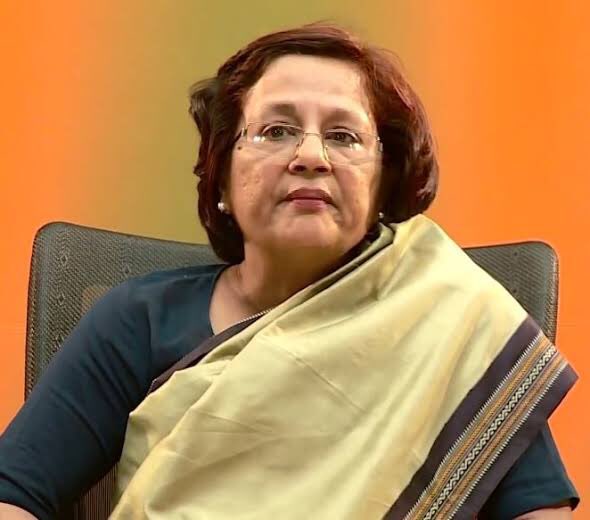
3)Record of Travels to the Western Regions by Hieun Tsiang, quoted from Buddhist Records of the Western World, Trans. from Chinese of Hiuen Tsiang, AD 629, Munshiram Manoharlal Publishers Pvt. Ltd., 2004 (original 1884)
4)The Unknown Hsuan-tsang (New Delhi, Oxford University Press, 2001), based on translation of letters of Hieun Tsiang by Mrs. D. Devahuti, in THE LIFE OF HSUAN-TSANG, BOOK II
5)Elliot and Dowson, vol. III, pp., 476; Elliot, H.M. and Dowson, J. The History of India As Told By Its Own Historians, Low Price Publications, 1990.
6)Minorsky, pp., 627-629; Minorsky, V., ‘Gardizi on India,’ in Bulletin of the School of African and Oriental Studies, 12, 1948.
6)Minorsky, pp., 627-629; Minorsky, V., ‘Gardizi on India,’ in Bulletin of the School of African and Oriental Studies, 12, 1948.
7)Alberuni, vol. I, pp., 18-19; vol. II, pp., 102-106; Alberuni’s India translated by Sachau, Edward,Atlantic Publishers and Distributors, 1989.
8)Wink, vol. I, p., 242; Wink, Andre, Al-Hind The Making of The Indo-Islamic World, vol. I, Oxford University Press, 1990.
8)Wink, vol. I, p., 242; Wink, Andre, Al-Hind The Making of The Indo-Islamic World, vol. I, Oxford University Press, 1990.
9)Brigid Keenan, Travels In Kashmir. A Popular History of Its People, Places and Crafts, Oxford University Press, 1989, p., 73
In this context, it will be worthy recommending all to read the following article by @VedicWisdom1 on the foundation of Kashmir by Rishi Kashyap in ancient times :-
https://twitter.com/VedicWisdom1/status/1332947540753354752
@AartiAuthor @harshasherni @SRa_PragTi @Angriy_BiRd @Ms_Poojaraj @mamatarsingh @DharmaSthapana_ @Itishree001 @JyotiKarma7 @Mahender_Chem @DeshBhaktReva @Savage_shree @VaruKrutika @dhingramahima9 @apparrnnaa @i__Mystic @Shailesh_2017 @shradhasumanrai @VedicWisdom1 👆
@mehergardhBaloc @Mahadevangini @dharmicverangna @mm_0774 @jtiku @balajidesigr @doorva207 @Karma_Kaali @BhagwaDhvaj @DeepaShree_AB @SheetalPronamo @Mishra_jiiiii @raj_010101 @CoreDharma @iBhupendraHarit @ss_aarthi @MishraMedhavi @Skyownsme @VedParmoDharm @sucharita_sj 👆
@PopOfRosewood @Gem_of_Indology @Indic_Policy @AmishaAryaa @Sachai_ki_bhakt @YoginiPratibha @AntiTrads @unheardvoice07 @Ghani_Bewdi @priya_shaktirup @plausible_pleb @vijayvaani @meenakshisharan @Voice_For_India @LevinaNeythiri @manusmriti3010 @VertigoWarrior @Sampoorn10 👆
@ProfVemsani @mamatarsingh @drmoghes @anita_gupte @wanysharma @SVOjha @VidyaSanatani @Tanvangi17 @VipashaRanjan 👆
@UnbiasedSecular @the_nishant1 @theanuragkts @luna_destrozada @_keerti @PandeyPrajkta @Divya_Adishakti @DivyaParker @ulhascs79 👆
@Saumyamiishra @RakhiSh45953990 @Krishna_Priiya @ParulSinhadel @chetna_2 @Stop_dat_bs @khyatianand3 @RayNiyati_23 @Saysniha @Nidar_Bharatiya @QueenofGhee @RamyaRanganath9 @Savage_shree @Sarangi_IND @vinirish 👆
@AdiDogeocharya @proudlymessedup @Kalpeshd7702 @RJ_Sona_ @youngndharmic @BigotJerry @jammed_circuit @thegoldenjhumka @AshimaWrites @theanuragkts 👆
• • •
Missing some Tweet in this thread? You can try to
force a refresh




